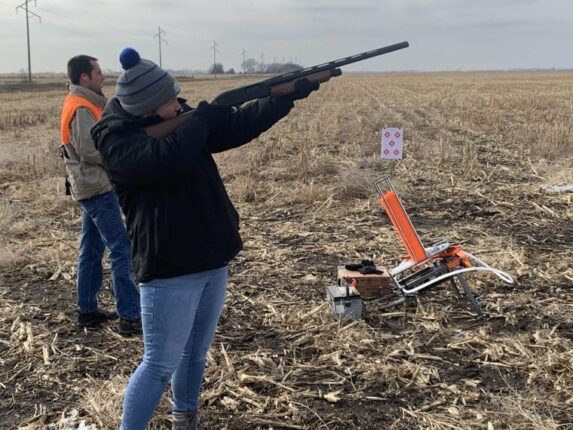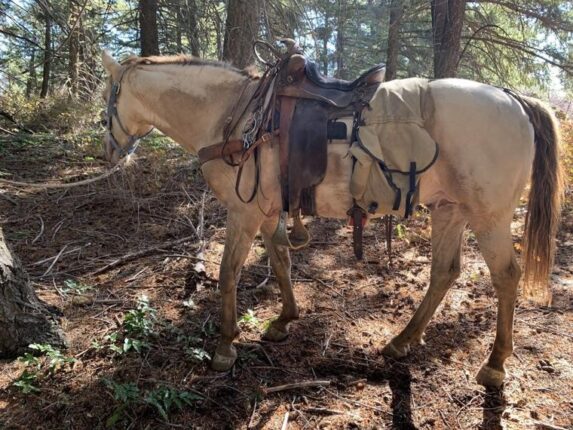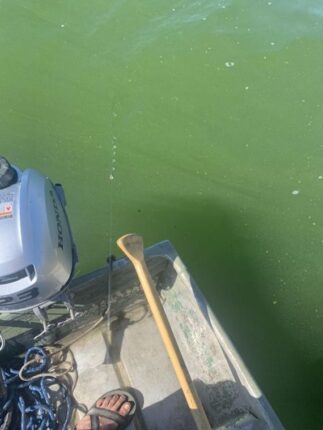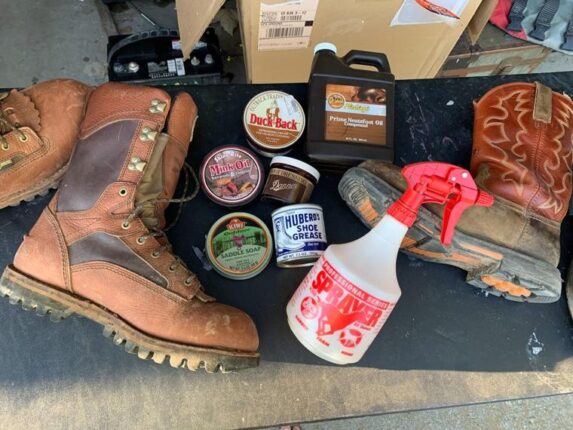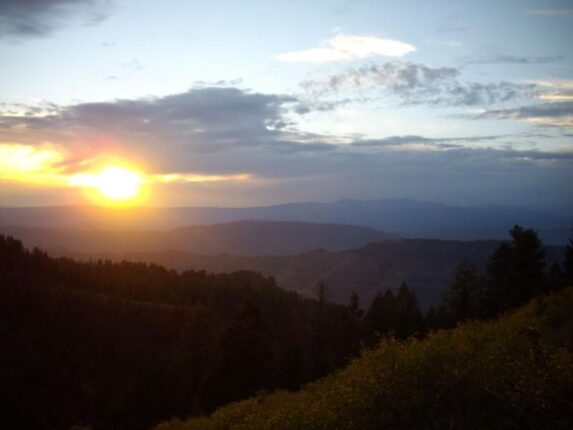I’m blaming a major bout of sentimentality on the fact that it was the middle of the week and I was the only one for miles around in the Kelly Canyon area.
Once I cross-country skied past the resort, I had the place to myself. The only sound was the swishing of my skis and a bit of puffing as I skied up to the Morgan Summit warming hut. All that quiet got me thinking of past winter visits to the area, back before all my kids had moved away and my dog was still alive.
I paused at the warming hut long enough to fire up the woodstove and chew on a Christmas Clif bar, a gift from a daughter.
I sat in silence and remembered talking my dog into an overnighter skiing up there years ago (before all the “no dogs allowed” signs) “to test out a new tent in the snow.” My dog Sunny was game for any outdoor activity no matter how flimsy the excuse was to get us out there. We slept about 50 yards from the warming hut, but in the morning cooked our breakfast inside the hut. I couldn’t resist the table and chairs inside. About the time we finished with breakfast, I heard voices nearby and suddenly the hut was invaded by half a dozen college students “checking out the trails” early in the morning. They came from places all around the West and even Texas, where snow was a new experience to them. Sunny was happy with all his new friends.
After my Clif bar was gone, I decided to go the distance and started skiing down the Pine Loop trail and then on down the Hawley Gulch Trail (about another 4-mile loop). The Hawley Gulch trail turned into an adventure when I had to do some route-finding. There were no previous tracks to follow, and snowmobilers had attacked the area leaving 2-foot-deep ruts to avoid. The route is marked with blue diamonds on trees, but they always seem hard to find at critical junctures. Fortunately, I’ve done the route several times and never felt too lost.
The snow last week was nearly ideal for backcountry cross-country skiing.
Where the trail connects with Hawley Gulch there is a large slope that flows down to a small footbridge. As I looked up the slope, the memory came rushing into my mind of my oldest son deliberately bombing down the hill on cross-country skis at Mach speed. He did a complete somersault disappearing into a soft spot. He slowly rose from the snow, dazed, moaning with a bloodied face. It’s always later that you think of the foolishness of it when we still had an hour of skiing to return to cell service.
Farther down the trail last week, I popped out on the road next to a sign that says Poison Flat. As I skied up the road, I passed the spot where years ago I paused during a ski trip with Sunny. “Sunny look up, turkeys.” A flock of 11 turkeys hurried across the road and up into the woods maybe 30 yards in front of us. Sunny never looked up. He had his nose buried in the snow sniffing turkey tracks, as if to say, “Dude, check out these amazing smells of all these turkeys.” I relished the sights, Sunny relished the smells.
Where the road reconnects with the Y Junction, I finally heard other humans during last week’s ski. Two women skied up the road and past me on their way toward the lower warming hut on the logging road. They nodded as they passed, one woman chattering non-stop.
By the time I had zoomed back down the road to the ski resort, cars were starting to arrive for day skiing. My stomach was telling me it was time to get home for lunch.
Next time I plan to bring along some pals to adventure with to avoid slipping down into that deep hole of sentimentality.
Jerry Painter is a longtime East Idaho journalist and outdoorsman.

